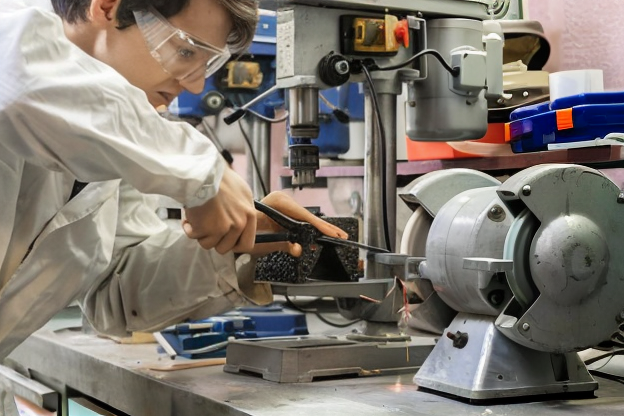The Integral Role of Sheet Metal Fabrication in Mitigating Thermal and EMI Challenges in Electronics+ View more
Strategic design enhancements and material selection play a pivotal role in enhancing the thermal management and EMI shielding capabilities of electronic devices. Innovations in structural design, coupled with advanced materials, have led to the development of enclosures that not only protect sensitive components but also contribute to the overall performance and longevity of electronic devices. The meticulous design process involves a comprehensive understanding of thermal dynamics and electromagnetic properties, ensuring that each enclosure is capable of withstanding the rigors of electronic operations.
Efficiency and Cost-Effectiveness in Manufacturing: The Advantages of Sheet Metal Fabrication
The agility and speed of sheet metal fabrication processes are indispensable in the ever-evolving electronics industry. Capable of adapting quickly to the demands of various models and specifications, sheet metal fabrication eclipses traditional mold manufacturing by eliminating the need for costly mold expenses. This not only reduces manufacturing costs but also accelerates production timelines, allowing manufacturers to respond promptly to market needs.
Automation in sheet metal fabrication further enhances manufacturing efficiency, reducing the incidence of human error and material wastage. The integration of computer-aided design (CAD) and computer-aided manufacturing (CAM) into the fabrication process enables precision and consistency, resulting in high-quality products that meet rigorous industry standards. As manufacturers seek to remain competitive in a market driven by innovation and cost-efficiency, the adoption of automated sheet metal fabrication techniques has become increasingly prevalent.
Addressing the Hidden Dangers: How Sheet Metal Fabrication Enhances Device Safety
Beyond the evident benefits of cost and efficiency, sheet metal fabrication presents a less recognized yet equally significant advantage: the mitigation of hidden dangers associated with electronic devices. Improper thermal management can lead to overheating, which not only damages components but also poses a fire hazard. Similarly, unaddressed EMI can interfere with the functionality of adjacent devices, leading to data corruption or system failures.
Through the application of precision-engineered enclosures, manufacturers are able to ensure that electronic devices operate within safe thermal and electromagnetic parameters. The proactive approach to designing enclosures with adequate ventilation, heat dissipation, and EMI shielding contributes to the overall safety and integrity of electronic systems, protecting both the devices and their users from potential harm.

